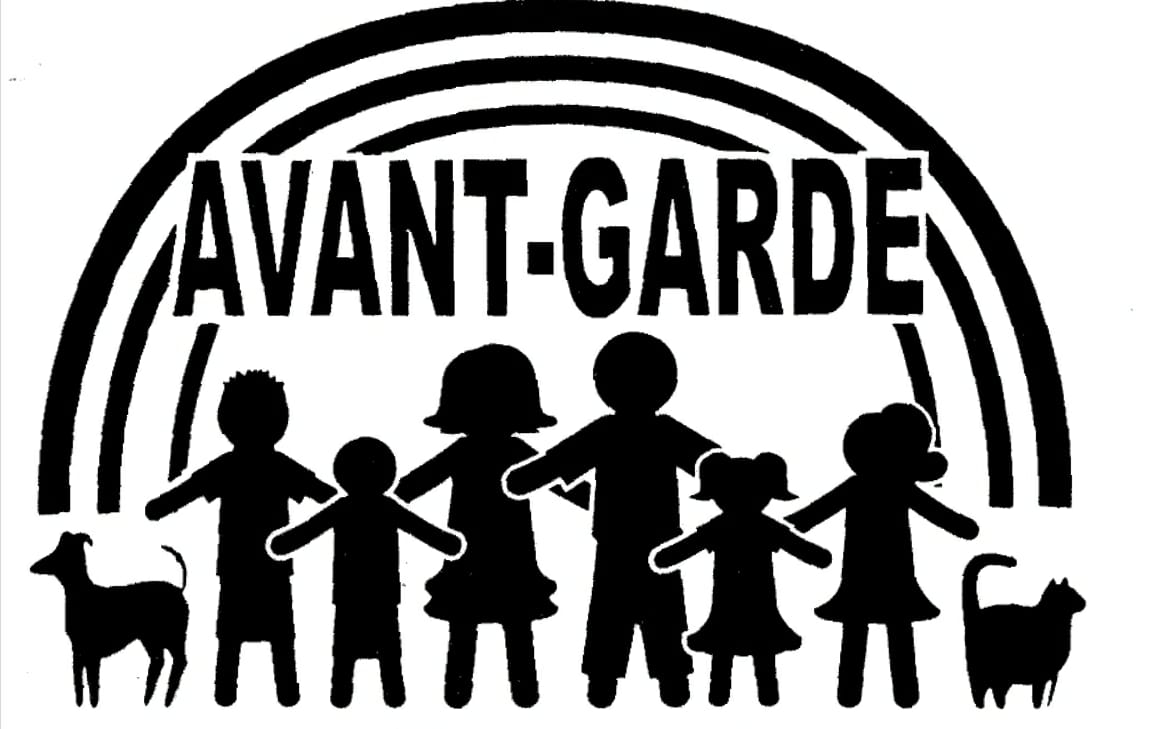
It’s fun to look back at old photos and reminisce over our memories. I’ve found that many of my childhood memories are grounded more in the photo from the moment than from the actual moment itself.
What if a child has experienced a life of chaos and confusion, changing homes and schools and friends? What if the memories have become a blurred mix of pain and sadness that overcome the moments of joy? What if the child was so young when they entered the foster system that they have no solid memories at all?
One important thing every foster parent can do for the children in their care is to help them create a Lifebook. In fact, many counties mandate it.
Yes, it’s that important.
What is a Lifebook?

A Lifebook is like a scrapbook — a collection of elements that pulls together a child’s past and provides a way to continue their story into the future. It’s a tool that helps bring order to all that has happened. Much more than a meaningful keepsake, the Lifebook is a celebration of the child’s life.
It Fills the Gaps

The Lifebook documents the child’s history and stays with that child. Each time there is a change in homes, it’s important for the caretaker to review it in order to get to know the child more quickly.
It creates a chain of connectedness between the child’s support network and builds a bridge between the birth family, and any foster or adoptive families.
It can also help answer questions the child may have later about where they came from and what they were like as a baby. Children want that link to their biological family.
It Values the Child

The Lifebook is a place to document and celebrate accomplishments. Creating a Lifebook shows the child that they have a place in history, building up their self-worth and personal awareness.
Working together on the book is a great bonding opportunity, strengthening the relationship between child and caregiver. Take the time to talk about memories and feelings, without judgment.
By encouraging customization and personalization, it becomes a great platform for creative expression.
How to Make a Lifebook
 A Lifebook can be made in a variety of ways and should be a personal creation of the child when possible.
A Lifebook can be made in a variety of ways and should be a personal creation of the child when possible.
Beth O’Malle of Adoption Lifebooks, once a foster child turned adoptee, and now an adoption mom, has done an amazing job of creating resources for helping foster and adoption parents build their own Lifebooks. You can access this rich collection of resources here.
You can also find many free templets available online with a simple Google search.
Whether you use a scrap book, a photo album, or a notebook with sleeves, what’s important is that you include what really matters. Remember, this is not your story, it’s the child’s.
What to Include

Photos — with friends, pets, families, booboos, houses, and anything that might be too big to fit in the book.
Art work — drawings, paintings, and other kinds of art work.
Writing samples — poems, stories, school projects, and other creative expressions.
Cards and letters — Birthday and other special occasion cards, notes and letters from loved ones, etc.

Keepsakes — Ticket stubs, programs, ribbon & awards, small tokens (or photos of larger objects), as well as official items like a copy of the birth certificate and immunization records.
Milestones — First lost tooth, first haircut, significant court dates, big wins, big loses.
This is the child’s book, so guide them in filling it with things that they’ll appreciate having later. Remeber, this is all about them, so keep it child-focused.
One last thing. This is not a coffee table book to be shared with the world. It’s private, personal, and unique. It should always be the child’s choice when and with whom to share it.
It’s never too late to start!
Article written by Cindy White Horvath. She can be reached at cindy@avgffa.org


